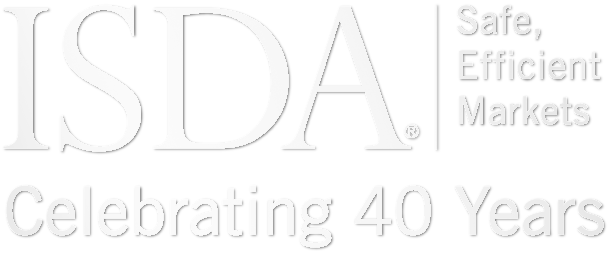The traditional world of derivatives, consisting of both listed and over-the-counter (OTC) instruments, is undergoing significant change. Clearing of OTC derivatives through central counterparties has grown rapidly over the last decade. The percentage of cleared interest rate swaps, for example, has doubled in the past four years and over half that market is now cleared.
This transformation is slated to continue given the pace and momentum of regulatory reform until upwards of 70 percent of global OTC derivatives activity is cleared.
The residual non-cleared segment of the OTC derivatives market – while somewhat smaller in size — will nonetheless be critical to the global economy. Non-cleared OTC derivatives will continue to play an important role in many industries and in many areas of economic activity. They are used extensively by corporations, investment and pension funds, governments and financial institutions to run their operations and to manage risk.
Current regulatory proposals regarding margin requirements for non-cleared derivatives pose significant threats to the continued functioning of this vital market segment. Such proposals also fail to fully consider the lessons learned regarding margin practices during the recent financial crisis.
These are important issues — not only for the derivatives markets – but also more broadly for financial markets and the global economy. It is within this context that ISDA has developed this paper. It is intended to explain what non-cleared OTC derivatives are, who uses them and why. It outlines the evolution of clearing in the OTC derivatives markets, the types and benefits of non-cleared OTC derivatives and the impact of the regulatory proposals in this area.
Documents (1) for Non-Cleared OTC Derivatives: Their Importance to the Global Economy
Latest
ISDA Trading Forum Tokyo: CEO Remarks
ISDA Derivatives Trading Forum Tokyo October 17, 2025 Opening Remarks Scott O’Malia ISDA Chief Executive Officer Good afternoon, and welcome to the ISDA Derivatives Trading Forum. It’s great to be back in Tokyo, and I’d like to begin by...
Future of Asset Management in Japan: CEO Remarks
Future of Asset Management in Japan October 17, 2025 Welcoming Remarks Scott O’Malia ISDA Chief Executive Officer Good morning, and welcome to this ISDA event on the Future of Asset Management in Japan. We’re delighted to be holding this...
New Report on Japan's Asset Management Ambitions
ISDA and Crisil Coalition Greenwich shows that derivatives are expected to play a pivotal role in Japan’s ambition to become a global leader in asset management, but some barriers need to be reduced to enable the country’s asset managers to...
The Derivatives Market in Japan
A healthy derivatives market is an important element to Japan’s plan to become a global leader in asset management. Asset managers are eager to increase their use of derivatives to better take and manage risk, but note that there is...



